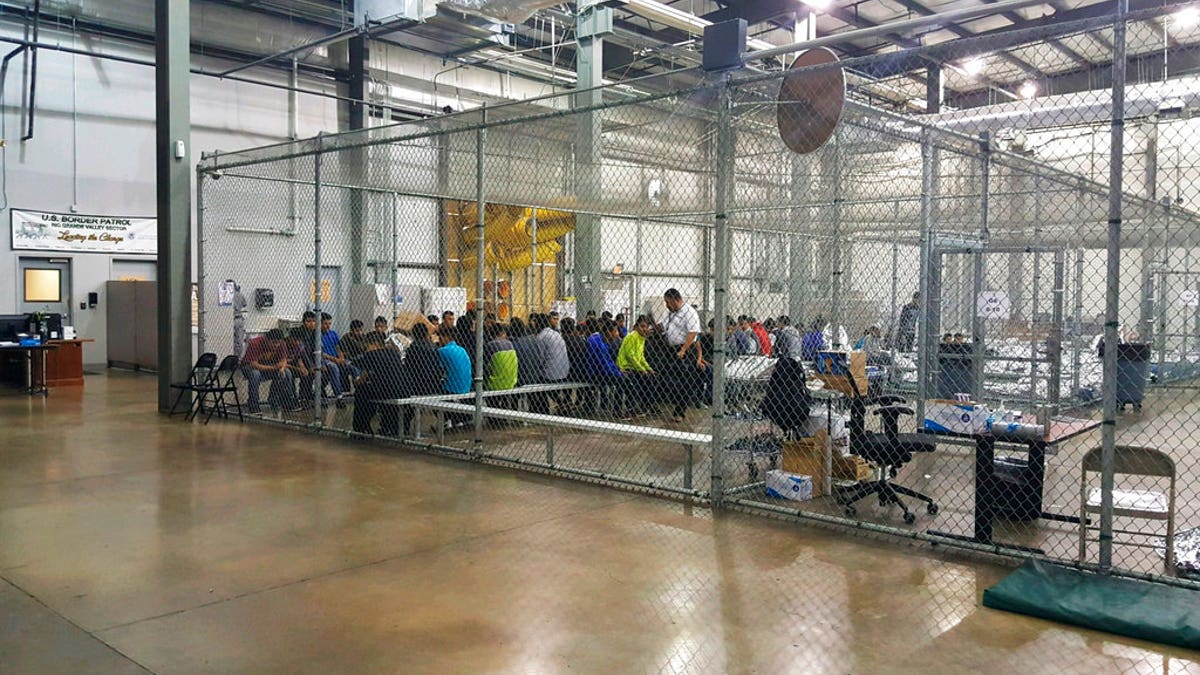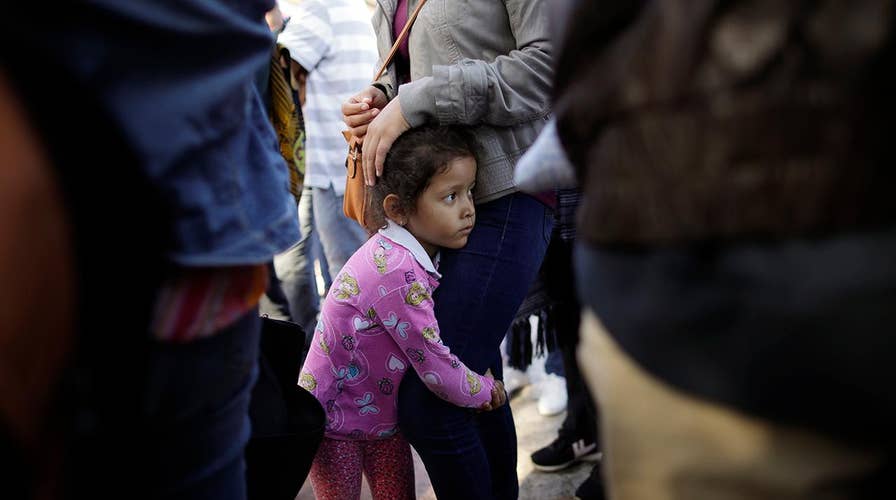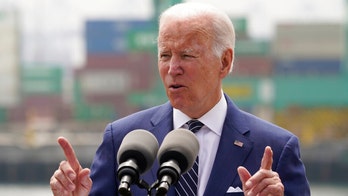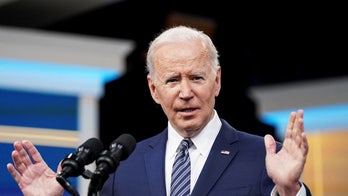What mothers in Tijuana, Mexico think of separation policy
William La Jeunesse hears stories from mothers in a border town in Mexico amid the immigration crisis.
TIJUANA – In this city, a jumping off point for refugees from around the world, President Trump’s immigration policy is giving some second thoughts.
“If this is true, I will go back. I don’t want to be separated from my kids,” said a woman with three children who arrived here from the violent Mexican state of Michoacán.
On her phone, was a picture of an immigrant boy – about the same age as her daughter – behind a chain-link fence. She shared the photo with two other women nearby.
“If it comes to a choice between crossing and losing my kids I’ll keep my kids,” said a woman in a purple fleece sweater. “I don’t want to be separated from my kids.”
The women gathered at what is called “El Chaparral Gate” at the U.S. port of entry in San Ysidro south of San Diego. By 8 a.m., the plaza is full of migrants waiting to request asylum. Men, women and children. From Africa, Central America, and Asia. The U.S., however, only takes a few dozen asylum seekers each day, based on capacity.

In Tijuana, a jumping off point for refugees from around the world, President Trump’s immigration policy is giving some second thoughts. “If this is true, I will go back. I don’t want to be separated from my kids,” said a woman with three children who arrived here from the violent Mexican state of Michoacán. (Copyright 2018 The Associated Press. All rights reserved.)
“I believe the United States is a nation that respects human rights,” said a man in a green jumpsuit from Cameroon.
Three men from the West African nation spent four months traveling from Cameroon to Panama by boat, then by bus to Tijuana. They have been in Tijuana four weeks waiting for an asylum interview.
“Someone want to kill me,” said his older friend who also made the trip. “I don’t believe the Unites States wants to let that happen.”
Most here are economic migrants. They may be fleeing poverty and violence but embellish stories of persecution hoping to qualify for asylum. It’s up to an immigration judge to separate fact from fiction. But among those who cross illegally, the first to hear the fraud – are border patrol agents.

While President Trump lifted his policy separating parents and children in custody, he still wants to prosecute those who enter illegally. That, sources say, could create a bottleneck. With bed space already near capacity, the president could be forced accept a policy he opposes: “catch and release.” (AP)
“It would be a group of five or seven that all had the same answers and nobody was related,” said San Diego Border Patrol Agent Eduardo Oleos. “That tells me that they’re coached.”
Immigration lawyers and the smuggling groups who control the border often tell the immigrants what to say in their initial “credible fear” interview. Pass it, and most will get to stay in the U.S. indefinitely, regardless of an immigration judge’s findings.
“We know that someone coached them or we’ve even found the slips of paper with the actual answers on them or a certain statement to say identifying their credible fear,” said National Border Patrol Council Local 1613 President Terence Shigg. “We’ve had times where people have gotten over here and it’s worked. They go on social media or they give a phone call back home and say ‘hey, this is what happened to me. This is what I did. This is what I told them. This is what works.’”
Across town, this shelter is filled with migrants waiting to cross. A young man in a blue sweatshirt from Honduras made the dangerous journey alone. I asked why a parent would allow that.
“Because Mara takes the children,” he said, referring to the gang Mara Salvatruchia or MS-13. “Police (and bandits) look for older people. They don’t look for children. So the parent prefers that they travel alone than to stay in Honduras and be captured by the Mara.”
While President Trump lifted his policy separating parents and children in custody, he still wants to prosecute those who enter illegally. That, sources say, could create a bottleneck.
With bed space already near capacity, the president could be forced accept a policy he opposes: “catch and release.”





